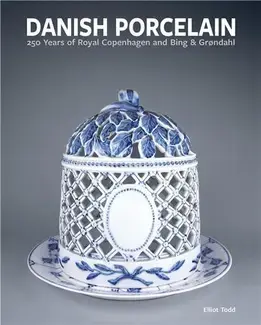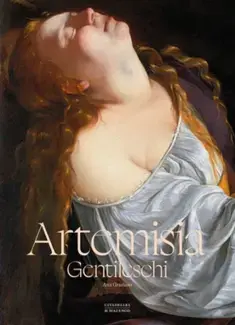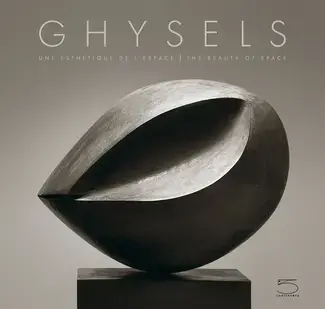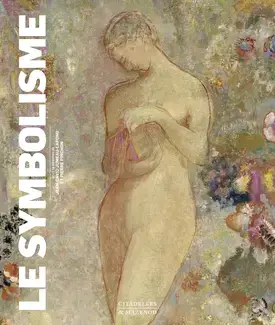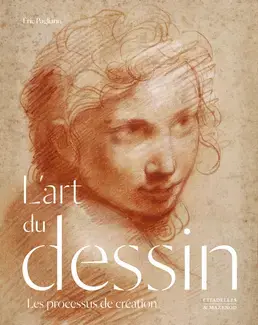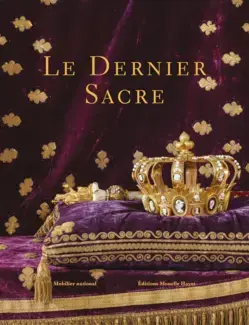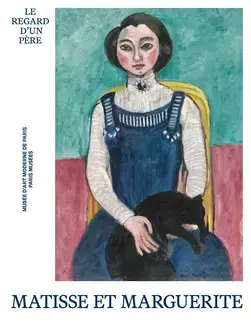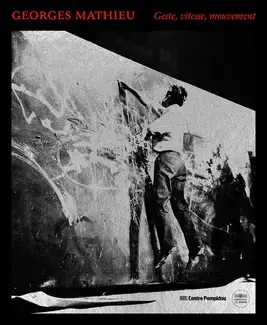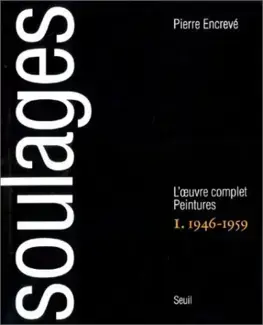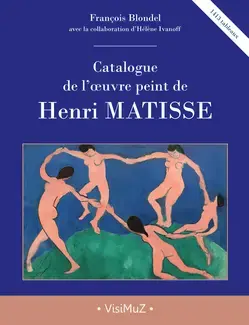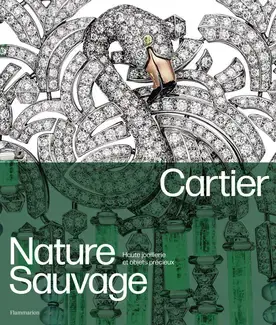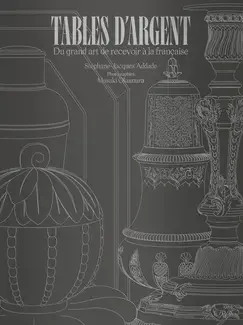Jean Ranc : Un Montpelliérain À La Cour Des Rois
Auteur(s) : Collectif
The superb Vertumne and Pomona in the Musée Fabre has preserved the memory of Jean Ranc (1674-1735) until today. However, this masterpiece of mythological painting obscures a career entirely dedicated to the art of portraiture.
After an apprenticeship in Montpellier in his father Antoine's studio, Jean Ranc went to Paris around 1696 and trained with Hyacinthe Rigaud. His personal career began in 1700, when he was admitted to the prestigious Royal Academy of Painting and Sculpture. The portrait then met with a veritable triumph in French painting. Ranc, a witness to and actor in this craze, contributed to the emergence of the ceremonial portrait around 1700. All strata of high society passed through his studio, until the artist went to court in 1718 to paint the young King Louis XV and his great-uncle Philippe d'Orléans, regent of the kingdom. He was soon chosen by King Philip V of Spain, grandson of Louis XIV, in 1722 to become his pintor de cámara. This marked the beginning of the last phase of his career, from Madrid to Seville via Lisbon. Ranc's art reached its peak in the refinement of his touch and the boldness of his colours.
This monograph, the first devoted to the artist, is an opportunity to present numerous unpublished paintings and to perceive the entire career of a painter in the process of being rediscovered.




